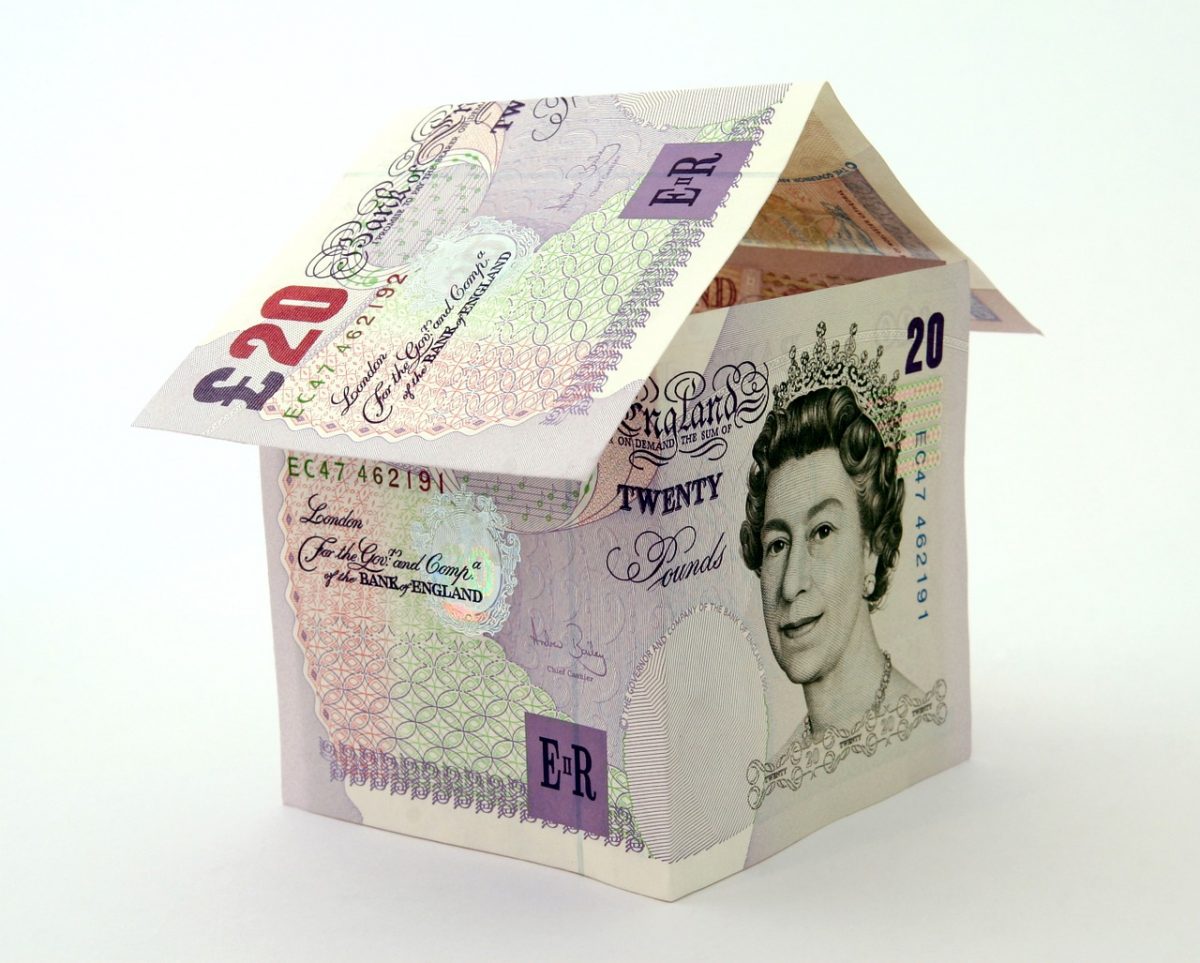Its tax return season and I am currently up to my eyes in “last minute.com” self –assessment returns.
Most self-employed know that (and have budgeted for) tax is due at 20% (or 40%) on their profits, but National Insurance is often forgotten about, leading to confusion over the amounts due at 31 January. The first thing to get to grips with is the fact that if you are employed, your National Insurance position is very different from that of a sole trader.
As an employee you have Class 1 NIC’s deducted from your pay. But if you are self-employed you currently pay two classes of NICs: Class 2 and Class 4.
Class 2 NIC
Class 2 NIC’s are flat rate contributions (£2.80 per week in 2015/16). Class 2 NI is liable to be paid for every week of self-employment in a tax year, if the profits for that tax year are greater than the Small Profits Threshold (£5,965 in 2015/16).
Class 2 NI used to be paid monthly by direct debit but is now calculated and paid via your tax return.
These contributions provide you with the opportunity to build up entitlement to the state pension and other benefit. A full state pension is paid only to those who have an adequate record of NI contributions – currently 30 years of contributions.
If your profit is under the Small Profits Threshold then you will be exempt from paying Class 2 NIC – this exemption is now automatically given when you submit your tax return. In previous year’s you had to separately claim the exemption.
Class 4 NIC
Class 4 NIC’s are paid on the net profits that are subject to income tax and are payable at the same time as your income tax. Class 4 contributions are payable at a rate of 9% on profits over £8,060 up to £42,385, and 2% on profits above this level.
This means that you could be paying Class 4 NIC’s but not income tax if your profit for the year is between £8,060 and £10,600. It’s also a big number to forget about when budgeting for the amounts due at 31 January!
Class 2 is going be abolished from April 2018 to simplify things for the self employed but you should still remember to take NI into account when budgeting for your tax bill to avoid any nasty surprises!
For more information please contact Rosie at Wilkins & Co.



